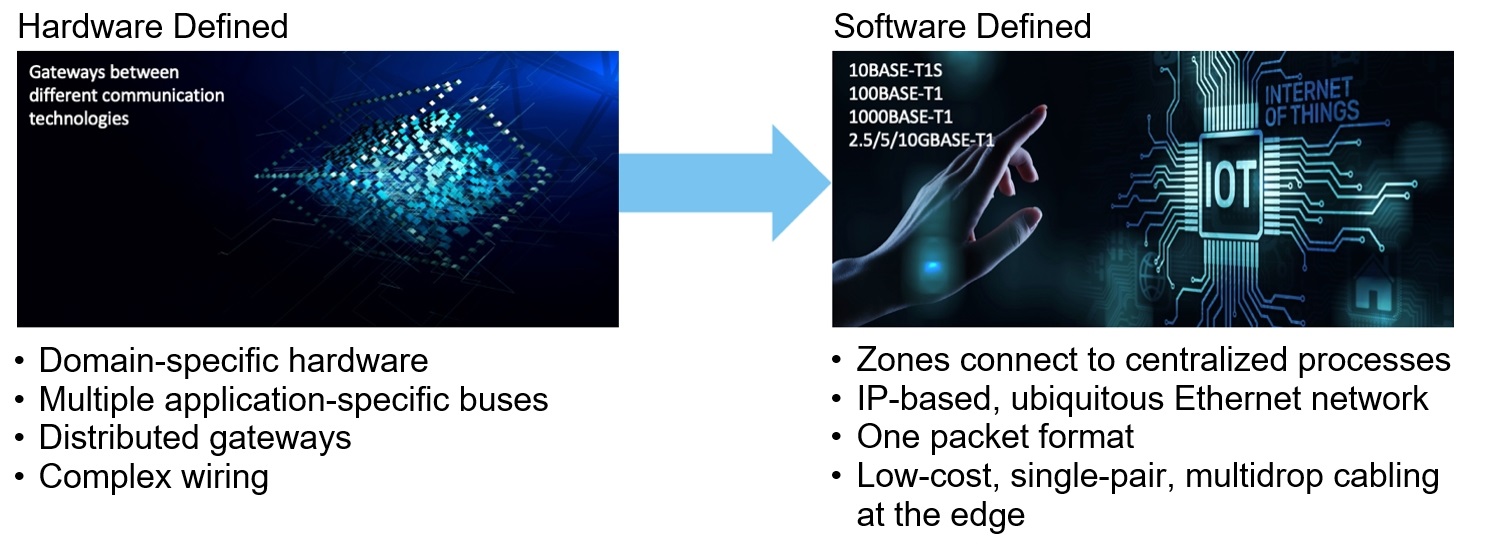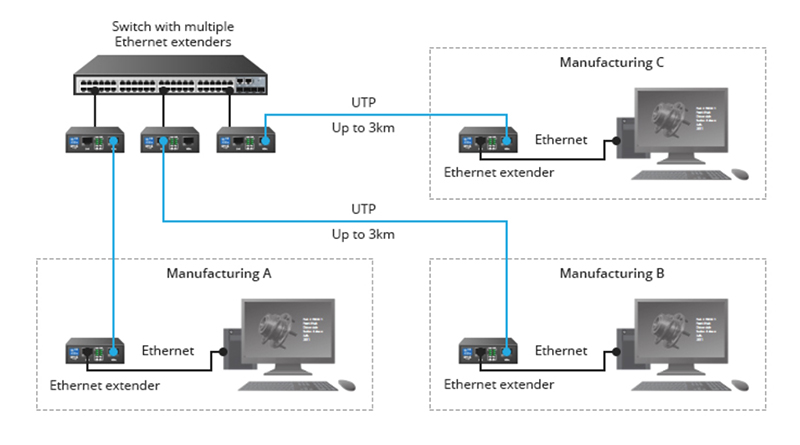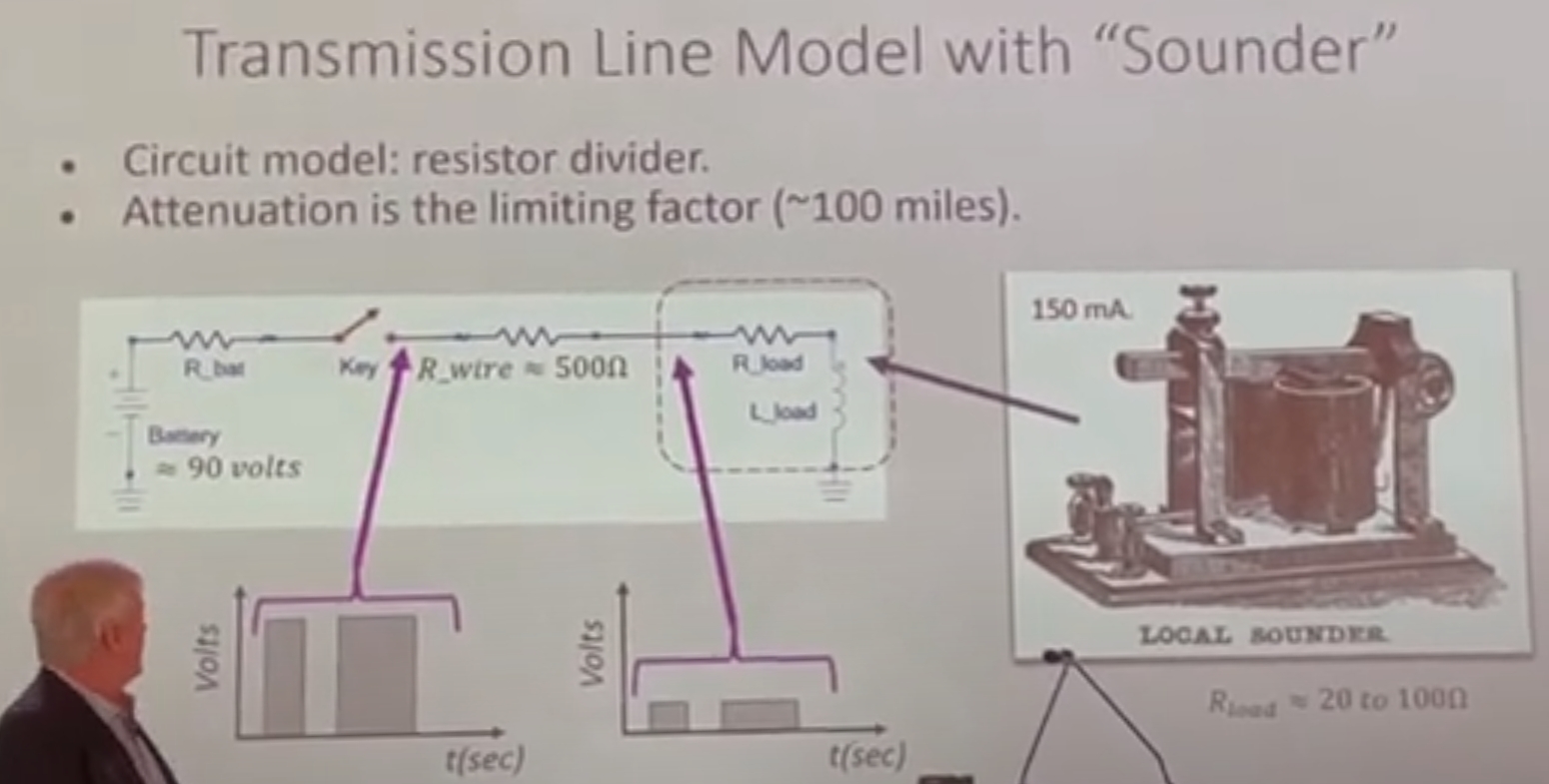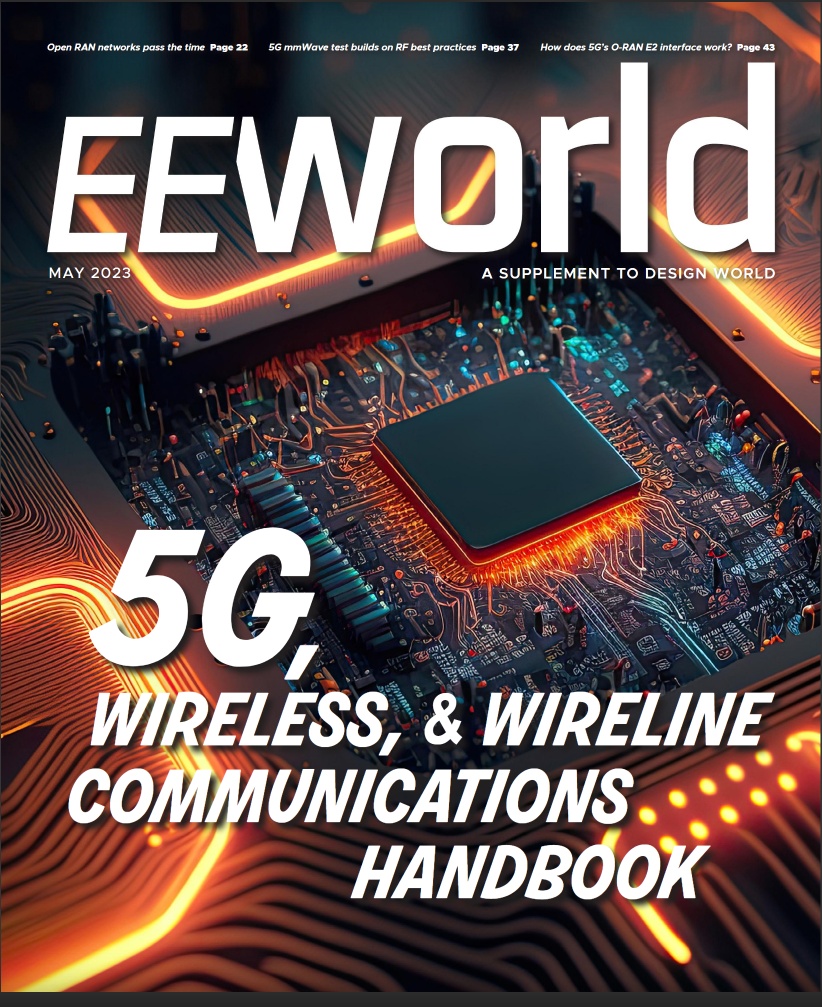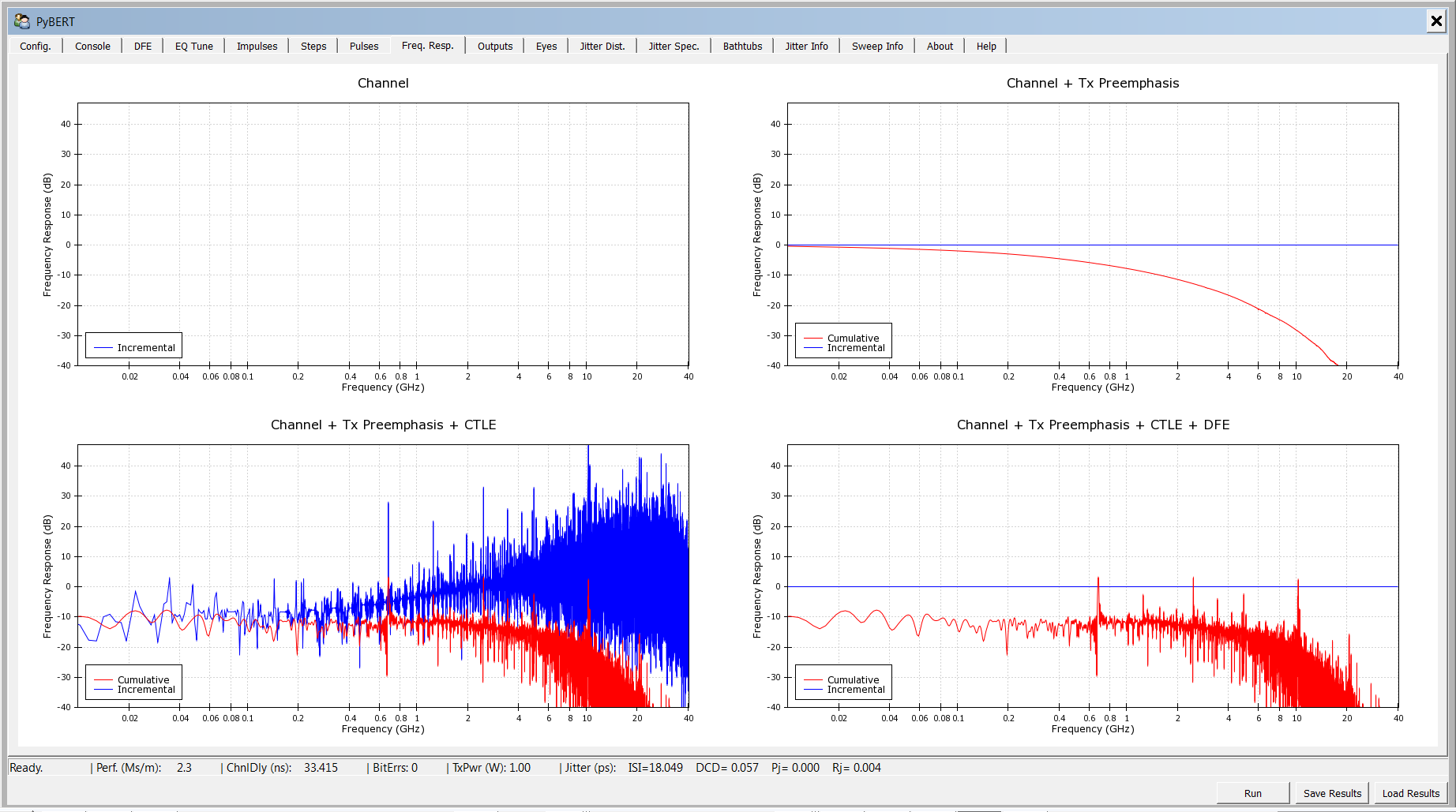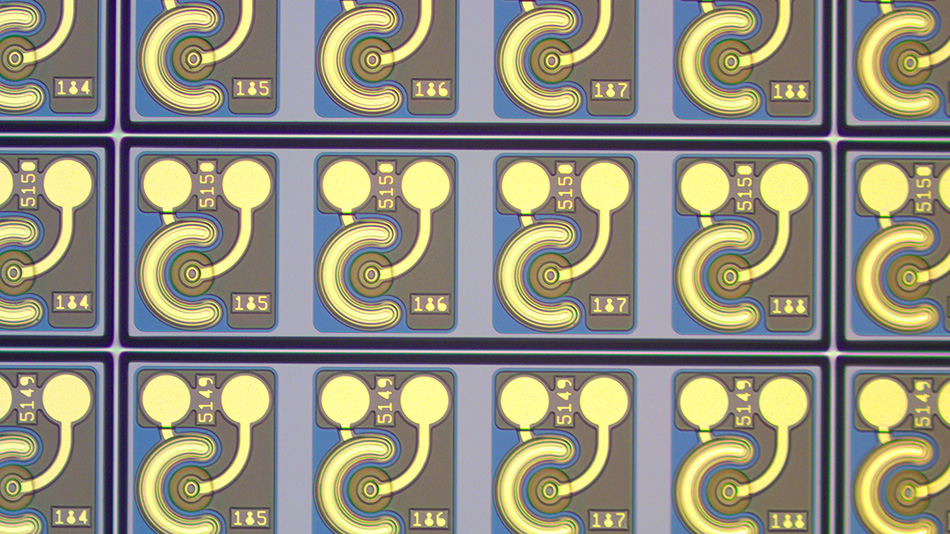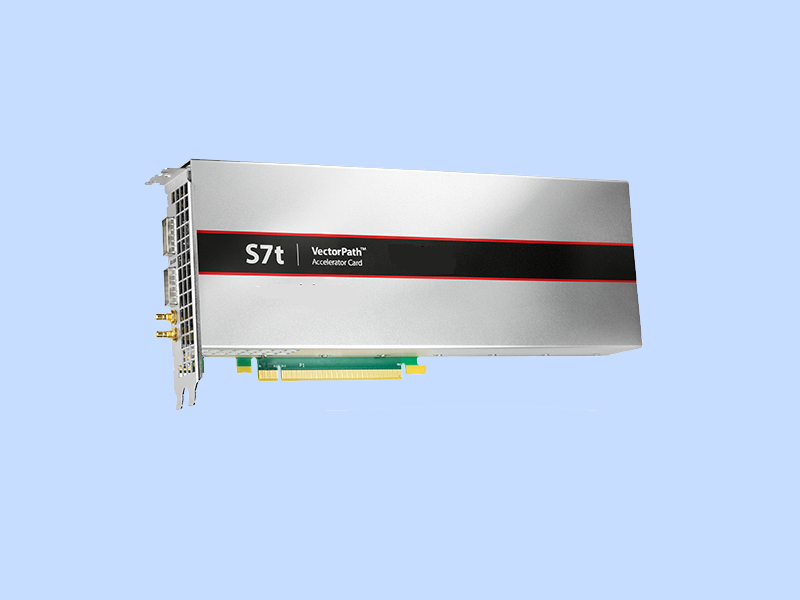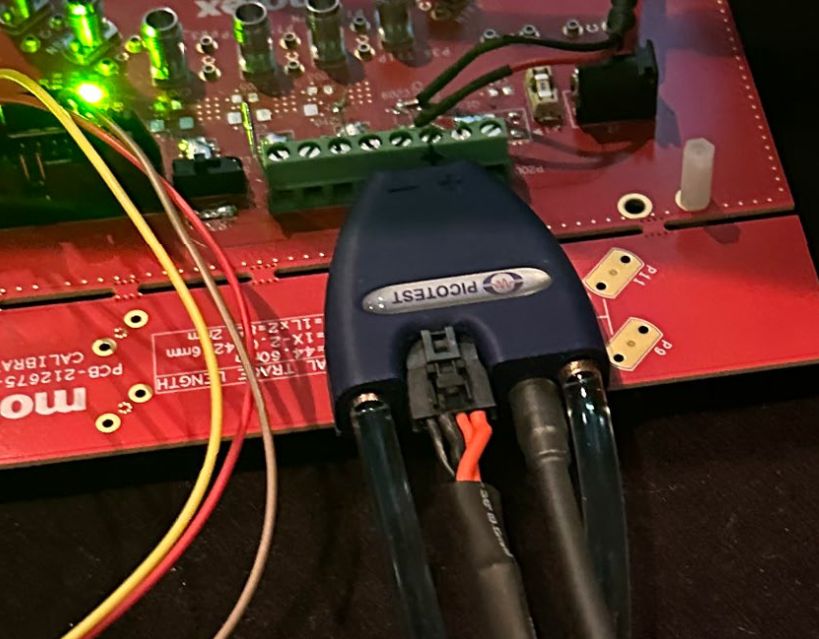The 802.3cg Ethernet standard uses a single pair of wires, and it manages data flow without switches, making it suitable for industrial networks at a lower cost than traditional Ethernet. Industrial plants have long used digital data to monitor and control their production facilities. Networks in factories, data centers, and commercial buildings push the edges…
Ethernet turned 50 in 2023, what’s next?
EE World interviewed John D’Ambrosia, who told a few stories from earlier times and gave a peek at what’s coming next from the IEEE 802.3 set of standards.
How does 4D-PAM5 work in Gigabit Ethernet?
Networks using 10 GbE rely on more sophisticated modulation and coding techniques than networks needed at lower data rates. 4D-PAM5 (four-dimensional five-level pulse amplitude modulation) are the encoding and modulation techniques used in Gigabit Ethernet (GbE). 4D-PAM5 replaced the multilevel transmit MLT-3 encoding and modulation used for 100BASE-TX. IEEE 1000BASE-T (GbE) uses a combination of…
What’s the difference between an Ethernet extender and a media converter?
Extend the reach of Ethernet by converting the signals to different electrical or optical signals. Ethernet extenders and media converters can both be used to expand network coverage. Extenders operate over unshielded twisted pair (UTP) or coaxial cabling, while media converters change the signals from electrical to optical and back. Extenders and media converters can…
IMS 2023: keynote analyzes early undersea cables
In EE World videos from the 2023 International Microwave Symposium, engineers received a history lesson on early transatlantic cables through an analysis using today’s methods. Plus, a demonstration of a 1944 radio using a razor blade as a rectifier. Modern equipment provided an automated Morse code signal.
EE World’s 2023 communications handbook is here
Our 2023 5G, Wired, & Wireless Handbook is now available in ebook form. Download your copy today. It started on a cold January day with an editorial call. A month later, the abstracts came in. After another month, the manuscripts came in. Then came the editing and some back-and-forth with the authors. Next, it was…
Analyze signal integrity in serial links with pyBERT
EE World spoke with David Banas, who demonstrated pyBERT, the free and open software for signal-integrity analysis where he explains the motivation for its creation.
OFC 2023 round-up
The Optical Fiber Communications Conference (OFC) returned once again to provide a crucial platform for companies of the industry from around the globe. Taken place this past week, March 5th to 9th in San Diego, the annual exhibition and conference presented up-to-date techniques, materials, technologies, and applications in fiber optic technology. Below you will find…
What is a SmartNIC and its underlying architecture?
Learn the basics about SmartNICs, their design, and why they’ll be a crucial element in future networks.
Inject disturbances into power rails with a “cool” probe
The P2124 from Picotest lets you inject modulation signals onto your board’s power rails for noise immunity testing.

